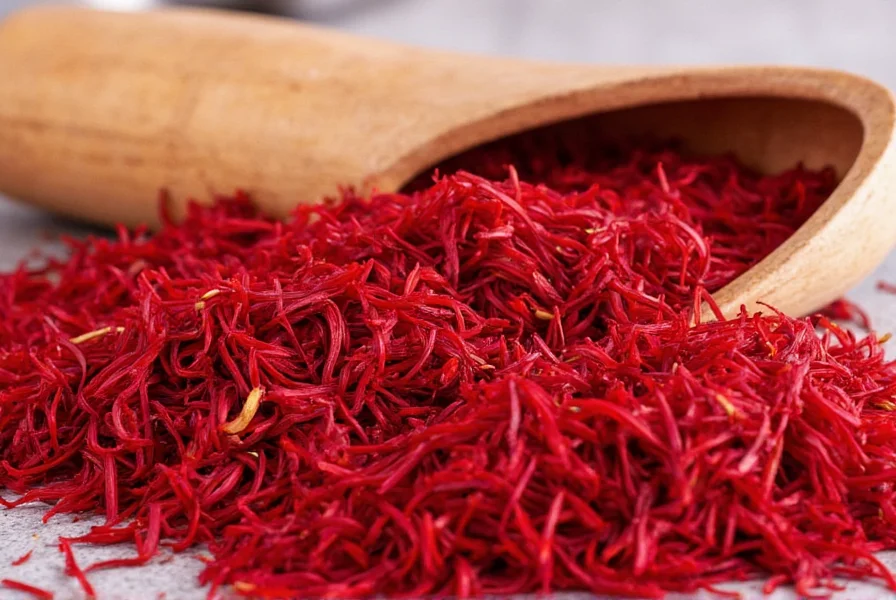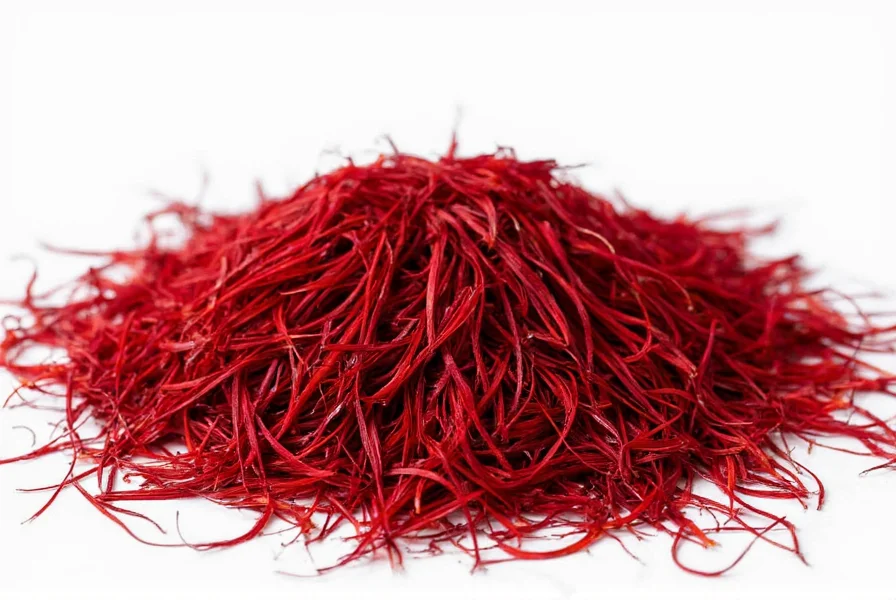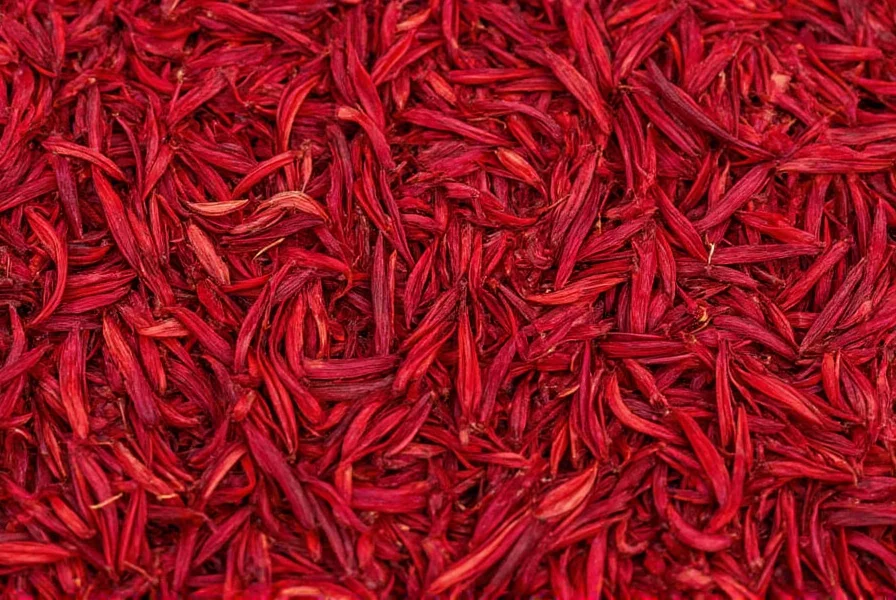The most reliable places to buy quality saffron include specialty spice shops, reputable online retailers specializing in gourmet ingredients, and directly from established saffron producers in regions like Iran, Spain, or Kashmir. Always look for proper packaging with origin information, ISO certification, and avoid suspiciously low prices - genuine saffron typically costs $10-$30 per gram. For immediate local purchase, check Middle Eastern or Mediterranean grocery stores with high spice turnover.
Understanding Saffron Quality Before You Buy
Before searching for where to buy saffron, understanding quality markers proves essential. Genuine saffron consists of the dried stigmas of Crocus sativus flowers, requiring approximately 75,000 flowers to produce just one pound of the spice. This labor-intensive harvesting process explains saffron's status as the world's most expensive spice.
When evaluating potential saffron sources, examine these quality indicators:
- Color intensity - High-quality saffron displays deep red threads with minimal yellow style
- Aroma - Should have a distinctive hay-like, floral fragrance
- Water test - Genuine saffron gradually releases golden-yellow color in warm water
- Packaging - Look for airtight containers protecting from light and moisture
| Quality Indicator | Acceptable | Red Flag |
|---|---|---|
| Color | Deep crimson red threads | Uniform orange or yellow threads |
| Price per gram | $10-$30 | Less than $5 |
| Packaging | Airtight container with origin details | Bulk bins or unclear labeling |
Best Places to Purchase Saffron
Knowing where to buy genuine saffron online and locally requires understanding different purchasing channels and their advantages.
Specialty Spice Retailers
Established spice merchants typically offer the most reliable saffron purchasing experience. These businesses often develop direct relationships with growers and conduct quality testing. Look for retailers who provide detailed information about harvest year, origin region, and testing certifications. When searching for where to find authentic saffron near me, check if local specialty food stores carry saffron from reputable brands rather than generic bulk options.
Online Specialty Marketplaces
Several online platforms specialize in premium saffron. The best places to purchase saffron online include sites that focus exclusively on gourmet ingredients and provide transparency about sourcing. Reputable saffron suppliers typically offer:
- Recent harvest dates (within 1-2 years)
- Clear origin information (Iranian, Spanish, Kashmiri)
- ISO 3632 certification for quality grading
- Customer reviews with photo verification
Avoid generic marketplaces where sellers lack spice expertise or provide minimal product information. The saffron buying guide for beginners should emphasize verifying seller credibility before purchasing.

Price Considerations for Authentic Saffron
Understanding how much does real saffron cost prevents disappointment with inferior products. Genuine saffron's price reflects its labor-intensive harvesting process. When evaluating where to buy saffron at reasonable prices, remember these pricing benchmarks:
- Premium grade (ISO Category I): $20-$30 per gram
- Good quality (ISO Category II): $10-$20 per gram
- Lower quality (ISO Category III): $5-$10 per gram
If you encounter saffron priced significantly below these ranges, it likely represents diluted product, artificial coloring, or mislabeled substitutes. The best places to purchase saffron won't compromise on quality for lower prices.
Avoiding Common Saffron Purchasing Mistakes
Many consumers make critical errors when searching where to buy saffron that result in purchasing inferior products. Watch for these red flags:
- "Saffron powder" at low prices - Pure saffron powder is extremely rare and expensive; most "powder" contains fillers
- Vague origin information - Quality saffron specifies country and often region of origin
- Excessive yellow styles - High-quality saffron contains minimal yellow portion
- No harvest date - Saffron loses potency over time; recent harvests (within 1-2 years) are preferable
When considering where to buy genuine saffron online, verify the seller's return policy and willingness to provide additional quality documentation upon request. Reputable saffron suppliers welcome such inquiries.

Proper Storage and Usage Tips
After purchasing quality saffron, proper storage maximizes its shelf life and flavor impact. Store saffron in an airtight container away from light, heat, and moisture. When stored correctly, saffron maintains peak quality for 1-2 years.
For optimal flavor extraction, crush saffron threads with a mortar and pestle before steeping in warm liquid for 15-20 minutes. This technique works whether you've purchased saffron from a local market or online retailer. Remember that a little saffron goes a long way - most recipes require just 10-20 threads.
Frequently Asked Questions
How can I verify if saffron is authentic before purchasing?
Perform the water test: place a few threads in warm water. Genuine saffron gradually releases a golden-yellow color over 15-20 minutes while maintaining thread integrity. Fake saffron often bleeds color immediately or turns the water orange/red. Also check for proper packaging with origin details and ISO certification.
Is it better to buy saffron online or in physical stores?
Both options work well if you know where to buy quality saffron. Physical specialty spice shops allow you to examine and smell the product before purchasing. Reputable online retailers often provide more detailed origin information and recent harvest dates. For where to find authentic saffron near me, check Middle Eastern or Mediterranean grocery stores with high spice turnover.
What's the difference between Iranian and Spanish saffron?
Iranian saffron (particularly from Khorasan province) typically offers the strongest color strength and is more affordable. Spanish saffron (especially La Mancha variety) often has more pronounced flavor and aroma. Both can be excellent quality when properly harvested and processed. When searching for where to buy saffron, consider your primary need - color impact (Iranian) or flavor complexity (Spanish).
How much saffron should I expect to pay for quality product?
Expect to pay $10-$30 per gram for genuine saffron. Prices below $5 per gram almost always indicate diluted or fake product. The saffron buying guide for beginners should emphasize that extremely low prices represent poor quality. A standard 0.5-gram container should cost $5-$15 for authentic saffron.
Can I trust supermarket saffron or should I seek specialty sources?
Most supermarket saffron lacks freshness and quality control. While some high-end grocery chains carry reputable brands, specialty sources generally provide better quality. When determining where to buy saffron, prioritize retailers who specialize in spices and provide detailed origin information rather than generic supermarket options with unclear sourcing.











 浙公网安备
33010002000092号
浙公网安备
33010002000092号 浙B2-20120091-4
浙B2-20120091-4